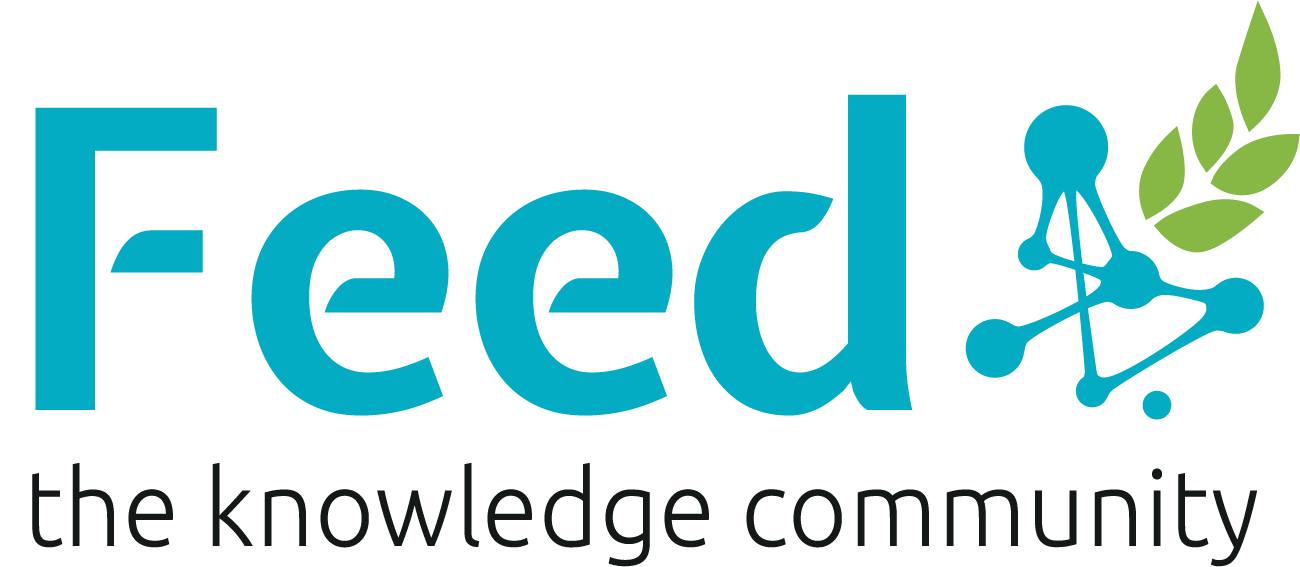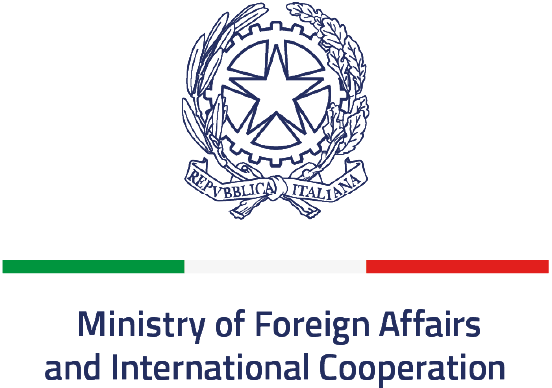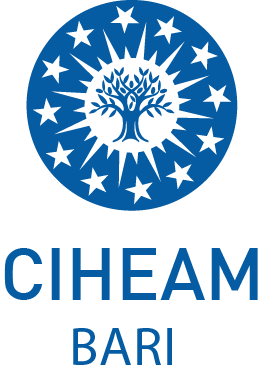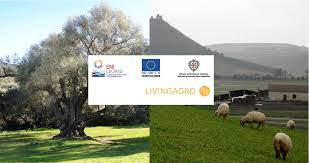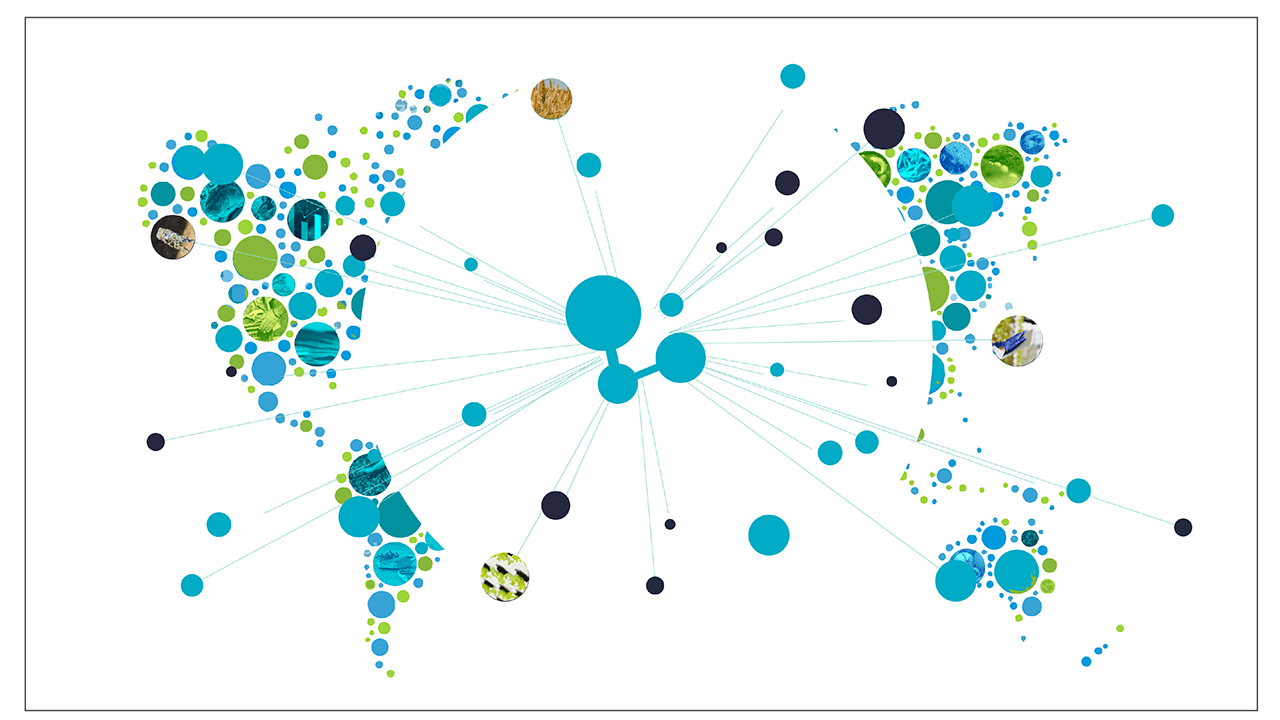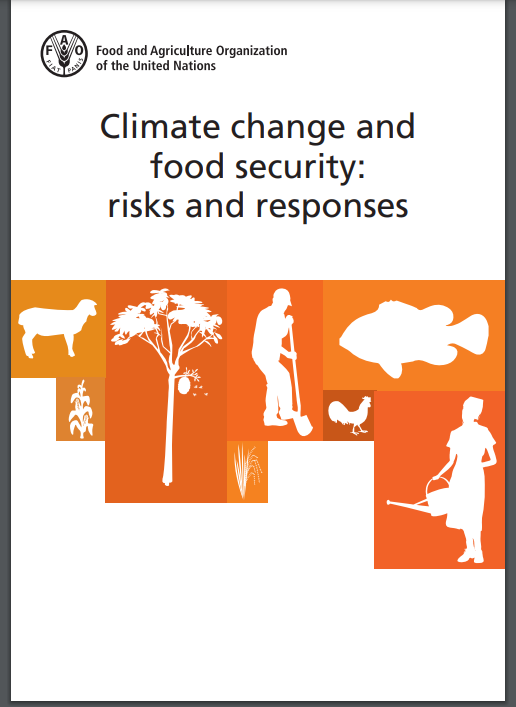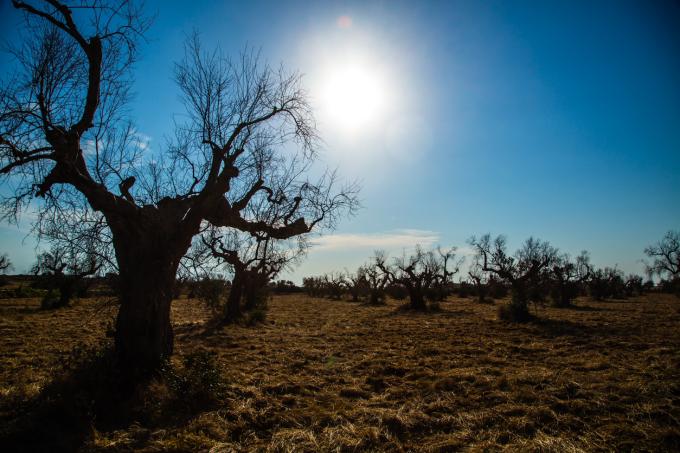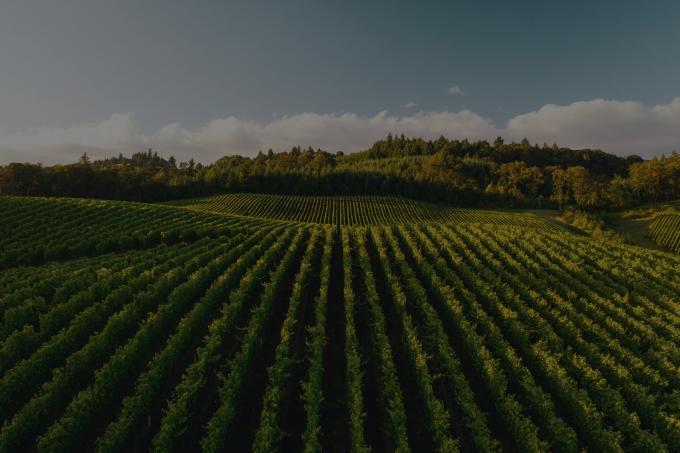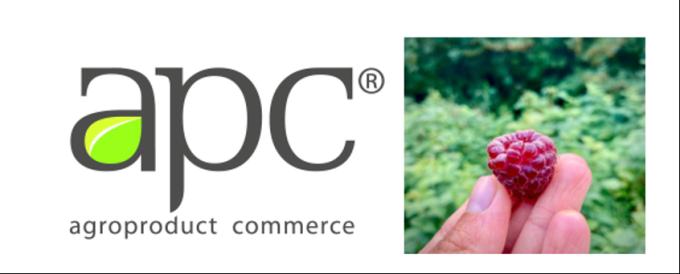GOOD PRACTICE
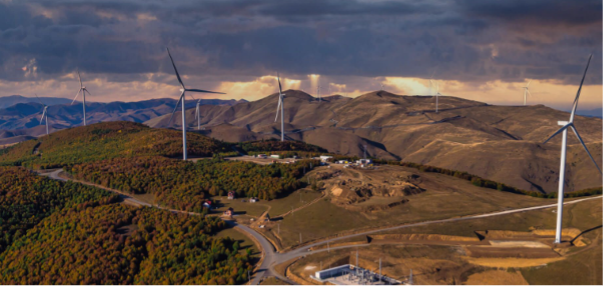
The Selac Wind Farm, a 32 MW renewable energy project, has strengthened Kosovo’s energy security by reducing reliance on fossil fuels and lowering greenhouse gas emissions. Despite regulatory, financial, and technical challenges, strategic planning and stakeholder collaboration ensured its success. This practice demonstrates the scalability of wind energy investments, serving as a replicable model for sustainable energy development in Kosovo and beyond.
You must be registered to see all the content
The Selac Wind Farm represents a pioneering initiative in Kosovo's transition towards renewable energy sources. Located in the northeastern part of Kosovo, this project was developed to address energy security, reduce dependency on fossil fuels, and decrease greenhouse gas emissions. By leveraging the area's wind potential, it significantly contributes to the national grid, providing sustainable energy to thousands of households and businesses.
Methods and Stakeholder:
- Initial feasibility studies to assess wind potential and environmental impacts.
- Construction of wind turbines with a combined capacity of 32 MW.
- Installation of transmission lines connecting the farm to the national grid.
- Ongoing maintenance and optimization of turbine operations to maximize efficiency.
Stakeholders involved:
- Rural communities and marginalized groups.
- Donor agency: German International Cooperation (GIZ).
- Municipalities, Ministry of Economy and Energy.
The Wind Farm in Kosovo faces challenges related to:
- Regulatory challenges: Navigating complex and evolving regulatory frameworks for renewable energy projects in Kosovo.
- Financial barriers: High initial investment costs and difficulty securing funding or favorable financing terms for large-scale renewable projects.
- Infrastructure limitations: Insufficient grid infrastructure to integrate wind-generated electricity effectively and ensure stable energy distribution.
- Community resistance: Potential opposition from local communities due to concerns about land use, environmental impact, or insufficient consultation and benefit-sharing.
- Environmental concerns: Risks to local biodiversity, including potential impacts on bird and bat populations due to wind turbine operations.
- Technical challenges: Maintenance issues and the need for skilled personnel to manage and operate wind turbines efficiently.
- Weather dependency: Variability in wind patterns leading to fluctuations in energy production, affecting reliability and grid stability.
- Policy and market risks: Lack of long-term policy incentives or uncertainties in renewable energy market dynamics that could hinder sustainable operations.
The Selac Wind Farm serves as a model for other regions in Kosovo and neighboring countries with similar geographic and wind characteristics. Its success has prompted discussions on additional wind energy projects, illustrating the scalability and impact of renewable energy investments.
The project leveraged advanced European wind turbine technology, which is robust and well-suited to the climatic conditions of Kosovo. The technical setup ensures high efficiency and minimal downtime.
